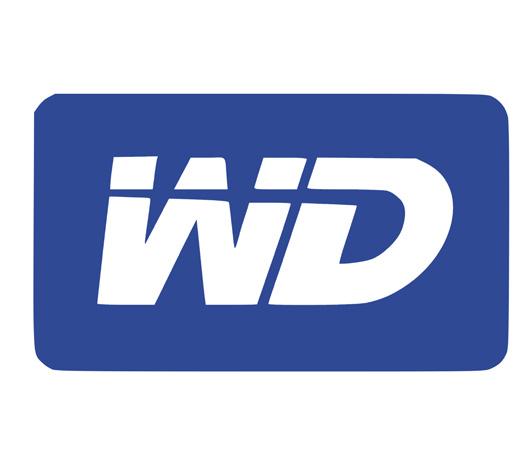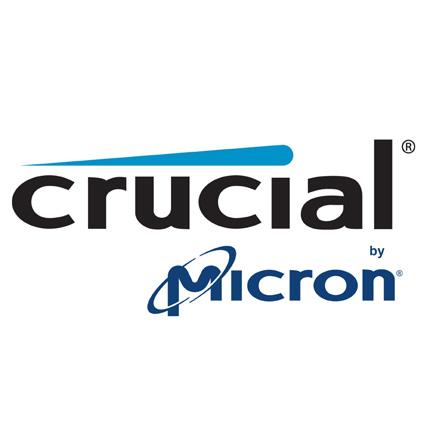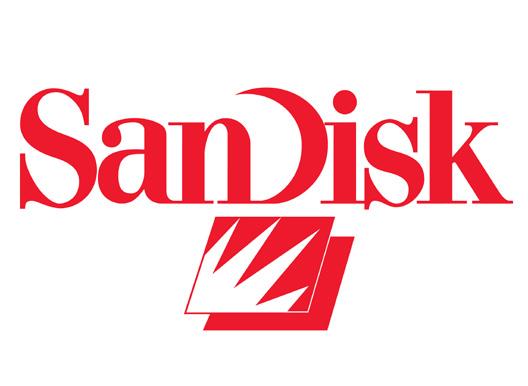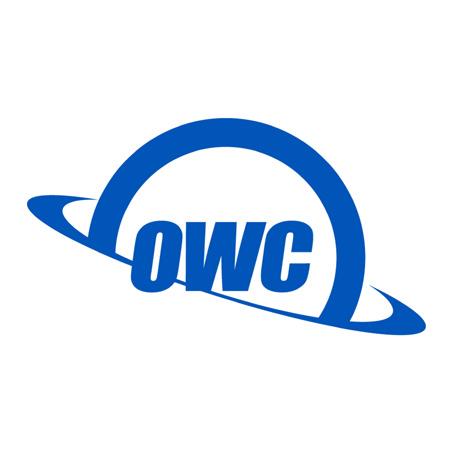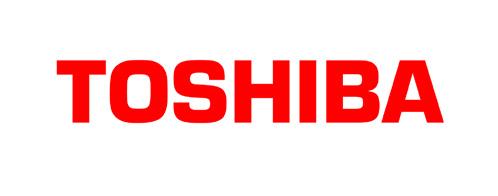Technology
Tolling, HOV rules have changed for I-66 Express Lanes
Originally published on Sep 23, 2022
Your free ride on the new Interstate 66 Express Lanes is coming to an end.
On Saturday, Sept. 24 tolling and high occupancy vehicle rules will kick in for the for the new, nine-mile stretch of I-66 Express Lanes between U.S. 29 in Gainesville and Va. 28 in Centreville. The lanes opened to traffic on Sept. 10.
The Express Lanes will be remaining free to any vehicles carrying at least two passengers. The HOV rules will change to require three passengers when the rest of the Express Lanes open, which is expected to happen in December.

To drive in the new lanes, drivers will need to have an E-Z Pass Flex device adhered to their windshields. Vehicles with two or more occupants can set the device to HOV for a free ride. Those who are driving in the lanes alone should take their device off HOV to pay the toll.
This western-most section of the Express Lanes opened ahead of
schedule and in advance of the remaining 13 miles of 66 Express Lanes, which will stretch from Va. 28 in Centreville to I-495 (Capital Beltway).
Other things drivers need to know about the new Express Lanes:
• Once tolling and HOV rules go into effect, drivers will see their individual toll price on electronic signs in advance of choosing to enter the lanes
• Tolls for the 66 Express Lanes will be based on traffic volumes and speed in order to manage demand for the lanes and keep traffic moving
• Passenger vehicles such as cars, SUVs, minivans, and pickup trucks will pay the same toll rate
• Larger vehicles and large trucks are allowed to use the 66 Express Lanes, but will pay a higher rate
• Motorcycles can use the lanes for free
• Drivers can pay their tolls using an E-ZPass transponder or by using one of the other payment options available through I-66 EMP such as paying online at https://ride66express.com/using-the-lanes/bill ing-and-customer-service/, by calling 833-643-2867, or in person at the 66 Express Lanes Customer Service Center in Manassas
• Payment options other than E-ZPass will incur administrative fees
• More information can be found at Ride66Express.com
the full article at: https://www.princewilliamtimes.com/news/tolling-hov-rules-begin-saturday-for-i-66-express-lanes/ article_4e5c29f0-3b75-11ed-b8ea-173333ffda46.html
Adobe “Future of Creativity” Study: Emoji Aid Inclusivity; Empower Creative Self-Expression
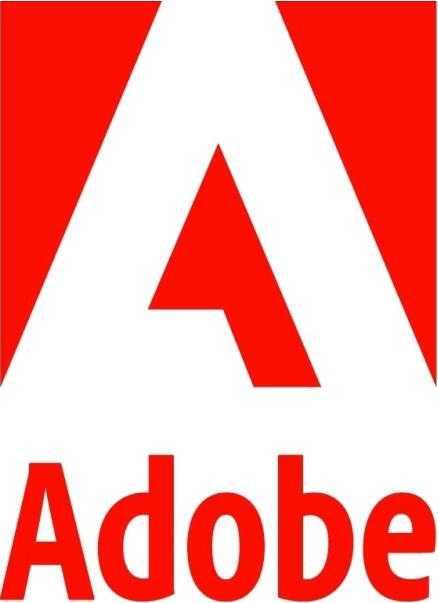
Originally published on September 13, 2022

SAN JOSE, Calif. — Today, Adobe (Nasdaq:ADBE) released its U.S. Emoji Trend Report, part of Adobe’s “Future of Creativity” Study, looking at the vital role and impact of emoji in digital communication. The report finds that 91% of U.S. emoji users agree emoji make it easier to express themselves and 71% agree inclusive emoji can help spark positive conversations about cultural and social issues. The majority of U.S. emoji users agree we should strive for more inclusive emoji representation (83%), which is in line with the release of Unicode 15.0, which will introduce new emoji including the maracas, flute, khanda, hair pick, pink heart and folding hand fan. “Emoji have become a favorite form of creative self-expression for people everywhere,” said Kamile Demir, computer scientist at Adobe and Adobe representative on the Unicode Emoji Subcommittee. “As a member of the Unicode Consortium, we recog nize the potential for emoji to promote inclusivity, spark cultural conversations and even positively impact mental health.”
Originally published May 31, 2022
Among the report’s additional findings: emoji don’t always mean what users think they do and are always changing; emoji have become a hallmark of American dating culture; and emoji use at work improves efficiency, boosts creativity and builds stronger relationships. There is a gulf in how users view emoji across different states.
“As a visual form of communication, emoji help fill the emotional gaps when representing ourselves online and help us communicate our personal identities, thoughts and feelings in ways words often cannot,” said Paul D. Hunt, typeface designer and font developer at Adobe. “With new emoji-themed templates in Adobe Express and support for emoji in Photoshop and IIlustrator creators can express themselves across language barriers and cultures.”
The report explored when, why and how Americans are using emoji to advance self-expression and identity; diversity, equity and inclusion; dating and relationships; workplace communications and more. This fun, fast and friendly form of digital communication has transformed the way Americans express themselves and continues to push the boundaries on how U.S. emoji users bridge conversations across age, race, culture and beyond.
Adobe Leads Transition of Video Production to the Cloud

Originally published on September 8, 2022
Adobe (Nasdaq:ADBE) is unveiling the world’s first cloud-based collaboration solution for shooting content on virtual sets. Thanks to a new integration between Adobe Camera to Cloud powered by Frame.io, and Mo-Sys, an award-winning manufacturer of virtual production solutions, video professionals can now see their visual effects scenes come to life in Frame.io as they’re being shot on set. By partnering with Mo-Sys, Adobe aims to bring instant collaboration and the speed of virtual production to more filmmakers, taking it beyond the big-budget productions afforded by few In addition, Adobe is unveiling new integrations that extend Camera to Cloud to even more cameras, along with new versions of Premiere Pro and After Effects that make it faster and easier for video professionals to collaborate.
“Adobe has been at the forefront of delivering cloud-based video solutions that enable collaboration and dramatically faster creative workflows,” said Scott Belsky, chief product officer and EVP of Creative Cloud. “With Premiere Pro, Frame.io and Camera to Cloud, we’re connecting the entire video creation process from camera capture to final delivery, allowing customers to collaborate in new ways, from anywhere.” Camera to Cloud, which ignited the transition from disk drive to cloud-based workflows, has fundamentally changed the way video is created and has already been used on over 4,200 productions. With Camera to Cloud, traditional production crews, post-production teams and key stakeholders can now get instant access to footage as soon as it is shot, no matter where they are. This will allow editors to start cutting shows and movies while they are still being shot.
“Camera to Cloud has changed the way we think about dailies and editorial. The immediate review capability and seamless integration into Premiere Pro have improved our process and allowed us to work even faster,” said Alex Regalado, head of post at Duplass Brothers Productions. “For the first time, it feels like indie filmmaking is comparable to big-budget pro ductions, and we can’t imagine a production without it.”


